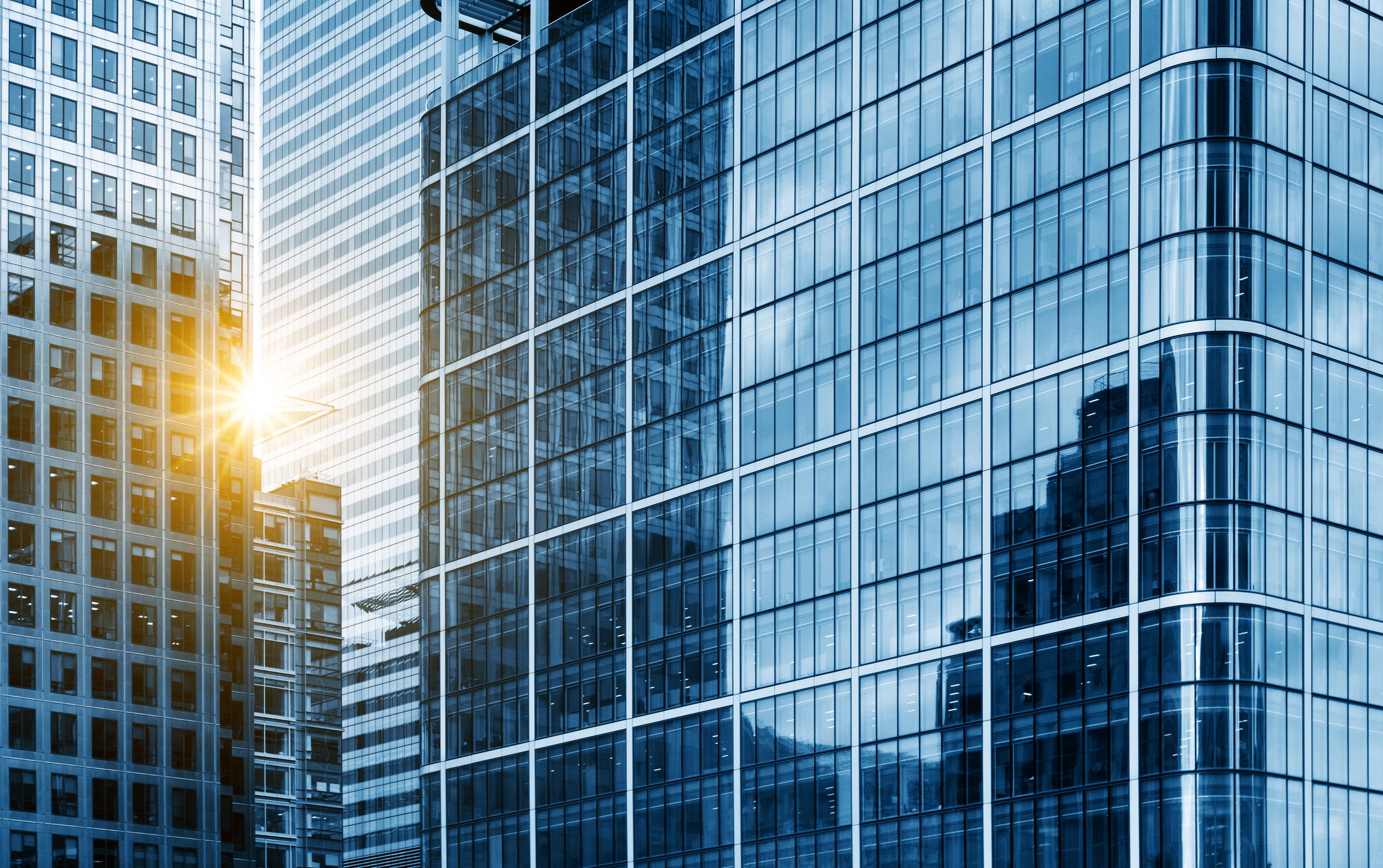When you’re selling an efficiency project in a commercial landlord/tenant setting, one of the most valuable (and frequently omitted) pieces of data that you should consider in your financial analysis is the property’s capitalization (or “cap”) rate. Why is cap rate so important? Let’s use a hypothetical scenario with a cap rate of 10% to demonstrate:

Let's say you invest one dollar per square foot on an efficiency project that yields roughly 35 cents a square foot in savings per year. What’s the payback? Some people would say three years. A three-year payback is decidedly unsexy; many people wouldn’t even think of approving a project with anything over a two-year payback. (Such myopic focus on simple payback is silly; however, that’s a topic for another blog.)
If you add 35 cents per square foot per year to the net operating income of an income-producing building (e.g., through higher base rents, increased tenant attraction/retention, or decreased landlord share of operating expenses), a cap rate of 10% would help you support $3.50 more per square foot in asset value. Using the “Direct Capitalization Approach to Appraisal,” you would divide that incremental NOI by the 10% cap rate. How much did you invest to do this? One dollar. How much did you increase the value of the building? Three dollars and fifty cents. Now that's a sexy investment.
The minute you make these connections with a commercial real estate player, it becomes a whole different conversation. Remember, it’s not just about the simple payback period. You should always be looking for ways to create value for your customers, and this is one of the many ways you can accomplish that goal.







